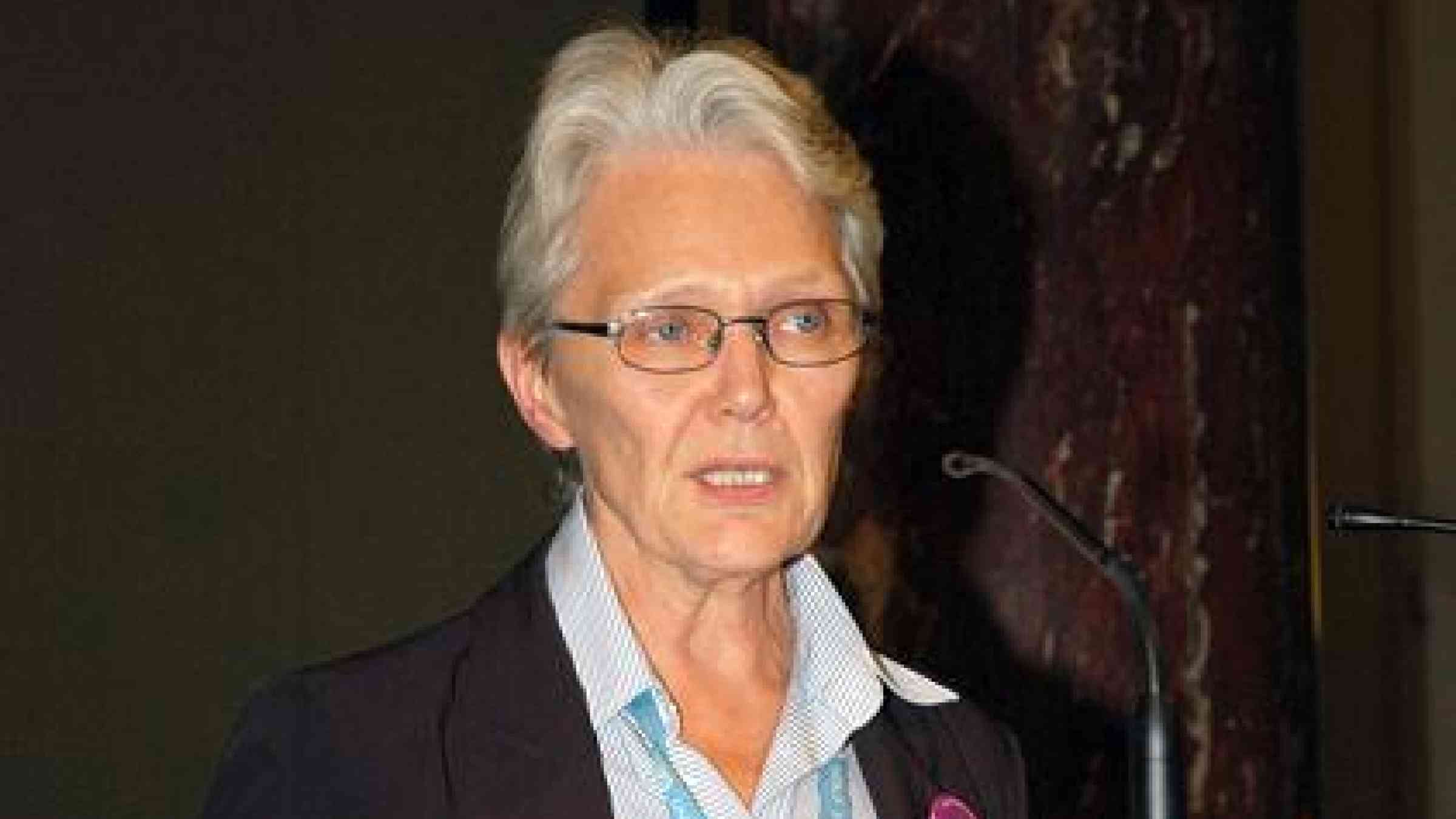Tsunami commemoration paves way for World Conference

GENEVA, 2 January 2015 - The Indian Ocean Tsunami of 2004 was the springboard for an international accord on reducing disaster risks, the Hyogo Framework for Action, which was adopted just weeks later.
Now, commemorations of the tragedy’s anniversary have led to calls for similar momentum towards a successor agreement charting out the path to a resilient future, which will be on the table at the looming Third UN World Conference on Disaster Risk Reduction which take place in March.
The tsunami memorial events offered a clear reminder of the global shock after the disaster which claimed almost 230,000 lives and sparked an international outpouring of support to help hard-hit communities and countries recover. The UN Office for Disaster Risk Reduction (UNISDR), working hand-in-hand with Thailand, also seized the opportunity to take stock of the lessons learned from the disaster by organizing a wide-ranging discussion involving officials from the region, community members and the business sector.
The discussion was held amid the 26 December tsunami commemorations in the Thai resort of Khao Lak, which was hit hard a decade ago. It was moderated by UNISDR head Ms. Margareta Wahlström, Special Representative of the United Nations Secretary General for Disaster Risk Reduction, and with welcoming remarks delivered by Mr. Sihasak Phuangketkeow, Permanent Secretary for Foreign Affairs of Thailand.
In the wake of the discussion, participants issued a joint message to the delegates who will be sitting down in the Japanese city of Sendai for the World Conference from 14-18 March.
Among the areas that they said should be in focus were ways to enhance understanding of risk at all levels, right from communities through to national governments; folding risk issues and reduction measures into education curricula; promoting a culture of safety and prevention in the public and private sectors alike; and making better use of community-based knowledge as well as science and technology.
The joint message also emphasised the importance of early warning systems that reach the whole community and trigger action; strengthening community resilience, local capacity, institutional mechanisms, national policies and plans and response preparedness; promotion of private sector efforts to make businesses safe and resilient; strengthening bilateral, regional and international cooperation for disaster risk reduction, and notably implementation in countries in need and most vulnerable; promote efforts to achieve sustainable development goals and climate change adaptation by mainstreaming of disaster risk reduction measures in development.
Wahlström is uniquely placed to assess the tragedy’s role in spurring international disaster risk reduction, having been the he UN Special Coordinator for Humanitarian Assistance to the Tsunami-Affected Countries from 2004 to 2005.
“The Kobe conference had been planned for more than a year,” said Wahlström, referring to the Japanese city in Hyogo prefecture which hosted the 2nd UN World Conference on Disaster Risk Reduction in January 2005, 10 years after it had been struck by a devastating earthquake.
“It’s safe to say that the shock of the tsunami really turned the contents of the Hyogo Framework for Action into real issues. I think the lengthy debates that they had were exactly about how can we make sure that the tsunami story doesn’t repeat itself. That’s why early warning got a high profile,” she said after returning to her Geneva base.
“A second area, which is still a bit of a challenge for all of us, was education and awareness. It still emerges as a top priority,” she added.
The Hyogo Framework for Action was finalized on 22 January, 2005, and given a 10-year lifespan. It set out five key goals: ensure that disaster risk reduction becomes a national and local priority with a strong institutional basis for implementation; identify, assess, and monitor disaster risks, and enhance early warning; use knowledge, innovation, and education to build a culture of safety and resilience at all levels; reduce underlying risk factors; strengthen disaster preparedness for effective response at all levels.
“The whole Kobe conference was really in the spirit of the tsunami, that really strong sense of the importance, the political level, the commitment made,” said Wahlström.
In addition to early warning and education, she said, the post-Kobe focus has been on institution-building and legislation for disaster risk reduction. Increasingly, the spotlight has turned to understanding the economics of risk.
“An institution like ours, which even though it’s quite small, its role in global advocacy is to be a bit ahead of the game, to put the issues in front of people and then contribute evidence and education so that countries can pick up on them. Even though many countries are doing these things, what we can help with is the acceleration,” said Wahlström.
The Indian Ocean Tsunami was a wake-up call. But the fact that it took a tragedy to put risk reduction squarely in the global focus underlines the challenge of maintaining international attention when, thankfully, disaster does not strike.
“This is still the big problem with disaster risk reduction, that anything that’s got the word disaster in it becomes very event-focussed, instead of trying to inject a longer- or medium-term perspective on how to avoid that disasters become mass disasters,” said Wahlström.